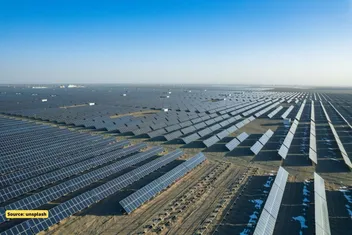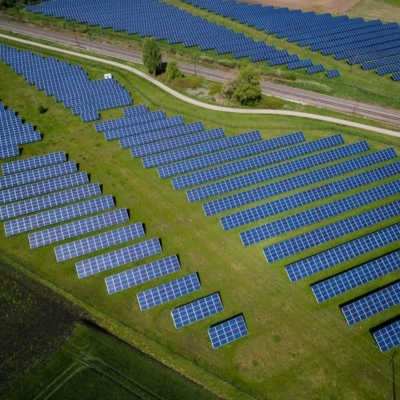
Palli, a village in Jammu and Kashmir’s border district of Samba, became India’s first “carbon-neutral panchayat on April 24, 2022, with Prime Minister Narendra Modi dedicating to the nation a 500-kilowatt solar plant. Palli, according to the Prime Minister, has shown the way to the country by becoming carbon neutral. But what is carbon neutrality and how can it be achieved? Let’s find out.
What is carbon neutrality?
We all know that carbon dioxide emissions are one of the primary causes of climate change and an increasingly warming planet. Carbon-neutrality is the state of achieving a balance between the greenhouse gases put out into the atmosphere and those removed. The term ‘Net-zero’ is sometimes used instead of carbon neutrality and they broadly mean the same. Increasingly, countries, companies, and organisations have been committing to achieve carbon-neutrality or net-zero carbon emission through measures such as reforestation and artificial carbon sequestering. But some environmental activists have criticised such offsetting measures as an excuse to continue polluting. If you’ve been wondering about the benefits of achieving carbon neutrality, there are many such as less pollution, improved air quality, better health and environment, green jobs, reducing the impact of climate change, and a greener planet.
How can it be achieved?
Carbon neutrality can be achieved by reducing the use of fossil fuels and by adopting renewable energy sources, by developing energy-efficient technologies, by adopting massive reforestation or tree-planting measures and by investing in technologies such as carbon sequestration that can remove carbon from the atmosphere. By the way, carbon sequestration is the process of capturing and storing atmospheric carbon dioxide underground permanently and safely. However, no technology or quantity of trees planted could offset the emissions currently generated globally, unless every country and every household is part of this solution.
Palli’s feat
The unassuming village of Palli has made history by becoming India’s first carbon-neutral solar village. It has achieved this feat with the installation of a 500-kilowatt solar plant. According to reports, the project was finished in record time (of nearly three weeks) at a cost of Rs. 2.75 crore. Under the central government’s ‘Gram Urja Swaraj’ programme, as many as 1,500 solar panels put up on an area of 6,408 square metres will provide clean electricity to 340 homes in the model panchayat.
The green energy generated will be distributed to the village through the local power grid station, which has a daily requirement of 2,000 units.
Picture Credit : Google


